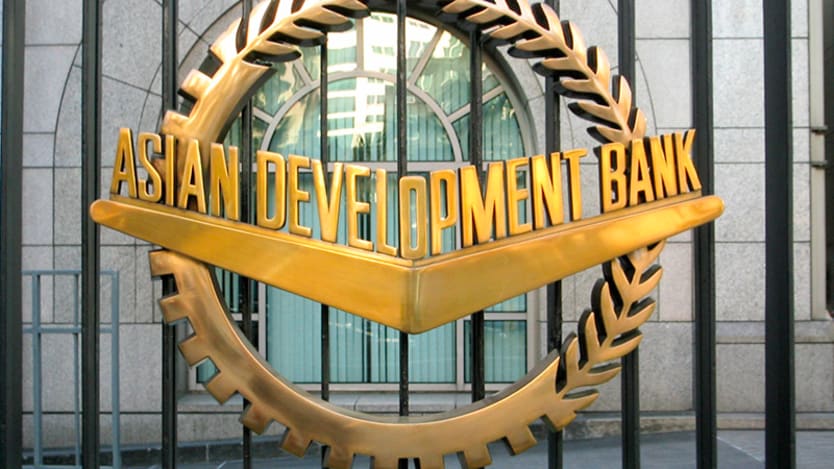
MANILA — Higher-income countries are set to pay higher maturity premiums for loans starting in 2021 under the new Asian Development Bank loan pricing structure approved this week.
The new terms will affect countries categorized under the bank’s group C category, which currently includes nations such as China, that have access only to the bank’s market-based loans. But the final list of countries that will be affected won’t be known until before the effective date.
“Continued engagement with these countries will ... help to share development experience and knowledge among DMCs.”
— Tomoyuki Kimura, director general, ADB’s Strategy, Policy, and Review Department“The list of countries under each category will be updated before effectivity of the diversification with latest GNI per capita data,” Tomoyuki Kimura, director general of ADB’s Strategy, Policy, and Review Department, told Devex in an email.
The change is part of the bank’s new strategy, which aims to apply differentiated approaches to member countries depending on their level of development and needs. The diversification of financing terms is one of the ways the bank plans to apply this approach, Kimura said.
Questions have been raised in recent years about the bank’s engagement with China, which continues to access ADB loans despite its level of development and economic growth. Outgoing ADB President Takehiko Nakao said the bank should continue to support China.
“Of course there are differences in views among our membership. Some countries regard some upper-middle-income countries [as not] need[ing] our support,” he told Devex in an interview in July 2018 following the launch of the bank’s Strategy 2030.
“But at this point, we still believe that supporting countries like China make sense, because there are still issues [to address including] poverty reduction, income inequalities, climate change and the environment, and so on,” he said.
Kimura shared the same view, noting that “there are still reasons to continue to support countries in the higher income spectrum.” There is still a need to further develop these countries’ economic and social institutions, and support them on projects “with positive externalities like environmental preservation and climate change, among others,” he said.
“Continued engagement with these countries will, in return, help to share development experience and knowledge among DMCs,” he added.
Under the new pricing structure, countries categorized under group C will be divided into several subgroups — lower-middle-income, upper-middle-income, and high-income countries — based on their gross national income. Those with higher GNI per capita will have higher maturity premiums.
“The maturity premium applied to a loan varies with the average maturity of the loan and will be higher in countries with higher GNI per capita,” Kimura explained.
The additional income is expected to supplement the bank’s technical assistance special funds and provide more “favorable terms” to more vulnerable countries such as small island developing states, according to the bank’s news release.
Countries transitioning from ADB’s group B category to group C category will receive transitional support for one year, Kimura said. Countries under the bank’s group B category have access to both ADB concessional and market-based loans.
“The shift from group B to group C represents a substantial shock for these countries, especially because a large part of their program relies on concessional financing to address social issues and climate change,” he said.
ADB projects income gain from the new pricing structure will be gradual and will continue beyond 2030, reaching a cumulative amount of more than $1 billion in the next decade. Kimura cautioned that “this number is indicative and actual income implications will depend on various factors such as actual sizes of country programs.”


